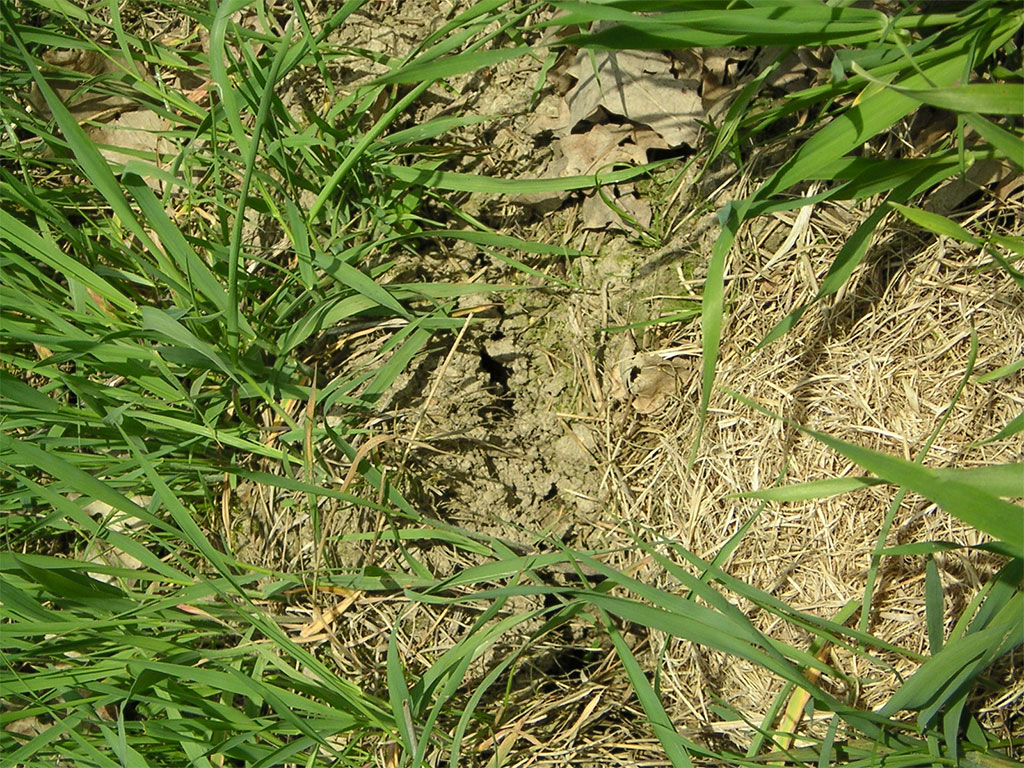September 21, 2025
By October, Florida lawns start telling stories - of heat, rain, and the summer that tested every blade. In Alachua County, what's left standing reveals how well your landscape was managed.
For HOA boards, property managers, and homeowners, fall is a reset point. Turf slows, weeds surge, and decisions made now shape spring results. At Allegiance Landscaping, we treat this season not as a slowdown but a setup - an opportunity to act early, manage smart, and protect what matters most.

St. Augustine grass thrives in heat but slows once nights cool. That slowdown leaves open turf space - and opportunistic weeds like Dallisgrass, Goosegrass, and Crabgrass take advantage.
We see this pattern every fall on Gainesville-area properties:
October is the month to correct those weaknesses - a true example of Allegiance's core mindset:
"Fix It Before It's a Problem."
Weeds target weak lawns first. That's why prevention begins with rebuilding turf strength. This month, Allegiance crews focus on:
Thicker, healthier turf shades the soil, naturally blocking weed germination. On HOA properties, our team pairs aeration with irrigation calibration to ensure balanced coverage and reduce overwatering. For homeowners, even one fall aeration prepares lawns for a strong spring rebound.
Every Florida lawn has one weed that refuses to quit — Dallisgrass. It's a perennial, meaning it doesn't die with the seasons. Thick root crowns lie dormant all winter, waiting for spring warmth to reappear.
You'll recognize it by its coarse blades and tall seed heads that rise above St. Augustine. It thrives in wet, low-lying, compacted areas, especially near irrigation zones. Our solution starts underground: improve soil structure, aerate compacted sections, and adjust irrigation to prevent standing water. Then, targeted spot treatments and consistent mowing at 3.5–4 inches (UF/IFAS's recommended St. Augustine height) help weaken its return. Persistence is key — each pass gets you closer to full turf recovery.Where people walk, Goosegrass follows. This tough annual forms tight rosettes with a white midrib down each blade and thrives in hard, oxygen-poor soil.
You'll find it near sidewalks, parking strips, and high-traffic play areas — anywhere the soil is compacted. The fix? Break the compaction before spring. Fall core aeration allows air and moisture back into the root zone, helping turf reclaim those bare patches before Goosegrass does. Because it germinates as soil warms past 70°F, acting now prevents a major spring outbreak later.By October, Crabgrass has already done its damage and is quietly setting seeds for next year. Each plant can produce tens of thousands of seeds that overwinter and sprout once the soil warms in spring.
This weed stands out with its light-green, sprawling mats against darker St. Augustine. Since no selective post-emergent herbicide safely targets it in St. Augustine lawns, control depends on timing: manual removal before seeds mature, followed by a pre-emergent application in late February - before soil temps hit 65°F.One well-timed treatment can stop a full season of crabgrass before it starts.

Healthy St. Augustine grass is its own best defense. Allegiance crews - and homeowners following their lead - focus on:
Attention to these details embodies our value "Own Every Detail." It's what keeps properties thriving when others fade.
Most think of pre-emergents as a spring project, but October is your chance to get ahead. Cooler soil means it's the perfect window to block winter annual weeds like annual bluegrass and rescuegrass.
Allegiance applicators use FDACS-approved, EPA-registered products calibrated to UF/IFAS soil-temperature data. We apply with precision — never before rain, never on saturated soil, and always with 10-foot setbacks from waterways (3 feet with deflectors).
Compliance isn't paperwork to us — it's how we live our value "Respect What Matters Most."
Once fall treatments are complete, we focus on setting up success for cooler months. That means irrigation audits, mulch top-offs, and winter flower rotations for communities that want a polished look through the holidays.
Small seasonal steps like these deliver consistent, visible quality — proof that Allegiance Landscaping always "Shows Up Like It Matters."
The best landscape programs scale by philosophy, not by size. Whether managing 200 acres or 2,000 square feet, the winning formula stays the same: attention, accountability, and anticipation.
That's why Allegiance Landscaping partners with HOA boards and individual homeowners who value professionalism and follow-through. Together, we "Raise the Standard, Together."
Keep this handy as a seasonal reminder:
Five steps that protect turf, save time, and reinforce long-term landscape health.